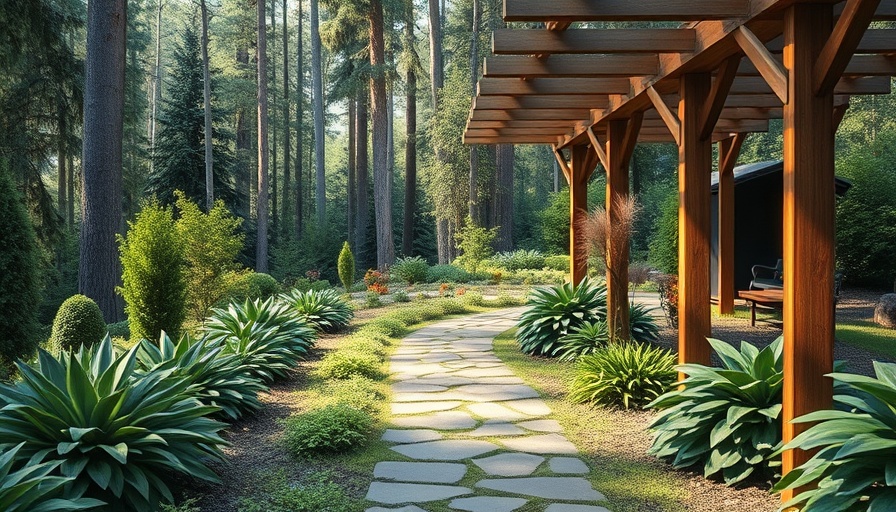
Finding the Perfect Landscape Design Style for Your Home
Choosing a landscape design style can feel like a daunting task with numerous options available, each offering unique aesthetic and functional benefits. From modern minimalism to rustic charm, the right choice can not only enhance the beauty of your home but also improve outdoor usability. In this article, we will explore a range of popular landscape design styles, ensuring you find one that resonates with your personal taste and lifestyle.
Modern Minimalist: A Study in Simplicity
Modern landscape design celebrates simplicity, prioritizing structure and clean lines over lush greenery. The focus is on hardscaping, employing materials such as polished concrete, geometry, and a neutral color palette. Pathways and patios often use pavers in various shades of gray, while ideal plants are sparse and require low maintenance, such as ornamental grasses and Japanese maples. This style is particularly appealing to those who appreciate modern architecture and seek a visually striking yet low-maintenance outdoor space.
Embracing Nature with Rustic and Naturalistic Designs
If your dream is to create an outdoor area that harmonizes with nature, the rustic design may be ideal. Utilizing natural stones and woods, this style comprises informal winding paths and seating areas made of earthy-toned materials such as flagstone and tumbled pavers. The inclusion of features like babbling brooks or koi ponds adds a relaxing sound element to the environment. This aesthetic is perfect for individuals who enjoy the tranquility of nature and prefer an organic garden vibe.
The Classic Appeal of Formal and Symmetrical Landscapes
For homeowners drawn to elegance and classic beauty, formal landscape design introduces symmetry and precision. Classic materials such as brick or limestone are used in symmetrical patterns to construct paved patios and paths. This style is characterized by carefully designed seating areas aligned with the home's architecture, structured topiaries, and many water features including tiered fountains. Formal gardens often work best on larger properties or those with traditional architecture that showcases grandeur.
The Whimsy of Cottage Gardens
Cottage garden designs charm with their colorful, informal materials and eccentric layouts. Think quaint brick paths and sprawling plots filled with organic plant life, including wildflowers and native shrubs. These gardens thrive on creativity and personality, seamlessly blending multiple colors and textures. A well-planned cottage garden can cultivate an inviting atmosphere that encourages relaxation and enjoyment.
Importance of Integrating Technology into Landscape Design
As landscape design continues to evolve, the integration of technology becomes increasingly vital. Homeowners can now use garden planning software or apps to visualize their landscaping ideas before implementing them. Such innovations allow for better planning, making it easier to select appropriate sizes and layouts without trial and error on-site. Drones, too, are becoming a valuable tool for surveying large areas and even monitoring plant health, showcasing how tech can enhance traditional design methods.
Considerations for Sustainable Practices
In today's design landscape, sustainability is at the forefront. Homeowners are encouraged to employ eco-friendly materials and native plants to promote biodiversity while minimizing resource consumption. Implementing rain gardens and smart irrigation systems can further enhance the sustainability of your landscape. These practices not only create a more resilient environment but are increasingly seen as essential elements in modern design.
Final Thoughts on Your Landscape Design Journey
Choosing the right landscape design style involves more than just aesthetic preference; it is about aligning with your lifestyle and values. Whether you prefer modern minimalism, rustic charm, formal elegance, or a whimsical cottage garden, understanding the materials, features, and innovative practices available can guide your decision-making. Explore your options, leverage technology, and make environmentally-conscious choices to craft a landscape that reflects your identity and enhances the beauty of your home.
 Add Row
Add Row  Add
Add 




 Add Row
Add Row  Add
Add 

Write A Comment